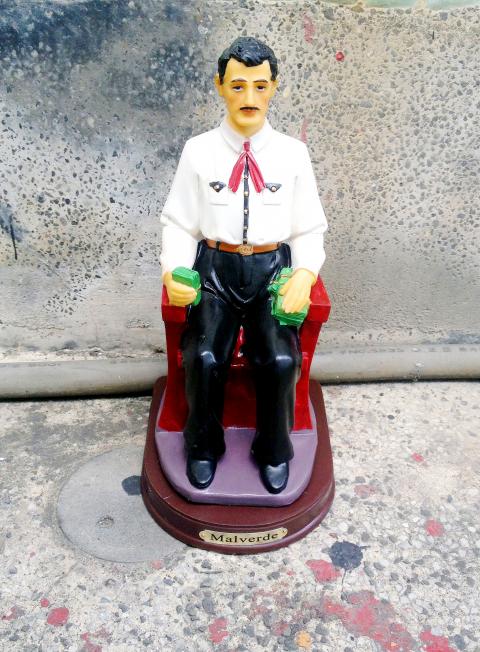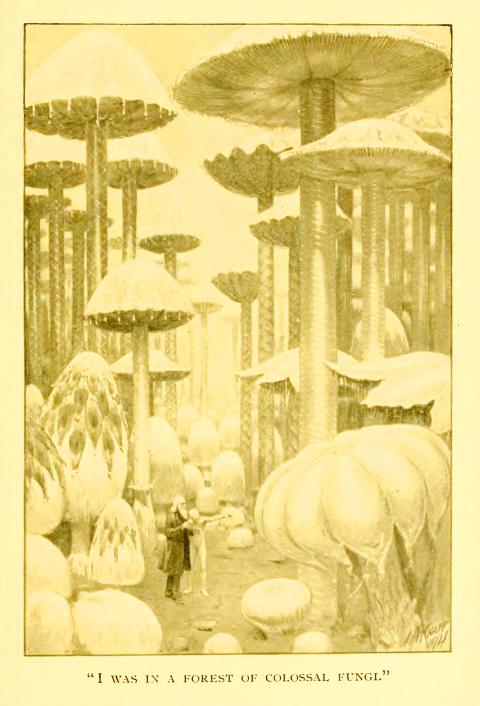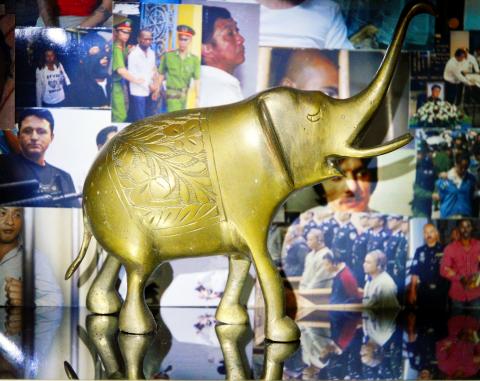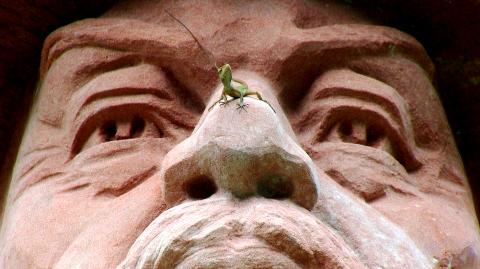Practically everybody takes some kind of drug — or, to use a more politically correct word, medicine. We ingest caffeine and alcohol daily, down pain-killers and antidepressants and sometimes take illegal substances that are demonized because they are linked to danger and violence.
Drugs are such a huge topic to tackle, but curiously artist duo James Hong (洪子健) and Chen Yin-ju (陳瀅如) start with the inscription on Immanuel Kant’s tombstone in Kaliningrad Oblast:
“Two things fill the mind with ever new and increasing admiration and awe, the more often and steadily we reflect upon them: the starry heavens above me and the moral law within me.”

Photo courtesy of TheCube
Hence, the title of the show, The Starry Heavens Above and the Moral Law Within (上則星辰,內則德律), which is currently on display at TheCube Project Space (立方計畫空間).
DRUGS AND MODERNITY
Hong’s work examines the relationship between drugs and modernity. Composed of two one-channel videos, objects and historical documents, the artist’s Three Arguments about the Opium War (鴉片戰爭三論) looks at the Opium Wars in the mid-1800s as the introduction of the modern, sovereign state into East Asia, and, along with it, the industrial production, regulation and control of drugs as a commodity.

Photo courtesy of TheCube
“Modernity is sort of a fancy catch phrase. It is always taken as a given or something we strive for... and it came by force,” Hong says.
On one wall, a film shows the sites of the wars in China, accompanied by a Chinese nationalistic viewpoint on how China should rise again and defeat Western colonizers. On the British side across the room, a video rationalizes European colonization as a civilizing mission. We see densely-populated skyscrapers along river banks from a boat that takes the same water route the British force took more than 150 years ago. The exhibition space pumps out gentle beats that are meant to be meditative and mimic the effect of opium.
Hong says he wants to juxtapose different narratives, rather than an authoritative view of history.

Photo courtesy of TheCube
“Here everything is designed to show you that even though you are being manipulated, you have to make a decision. It revolves around the title of the show. The moral law within is freedom — the freedom to make a decision.”
PATRON SAINT OF DRUG DEALERS
The installation, Jesus Malverde, the Patron Saint of Mexican Drug Traffickers (耶穌 · 馬維德:墨西哥毒販的守護神), is modeled on a shrine devoted to the narco-saint Jesus Malverde. Mexican drug traffickers will pray to Malverde before embarking on their dangerous trips to the US. Above the chapel, Chen and Hong have created an altar containing photographs of drug dealers being executed by the authorities.

Photo courtesy of TheCube
PATHWAY TO HEAVEN
Chen’s Notes on Psychedelics (致幻記), which is composed of found material, archival footage and other documents, is a personal artistic exploration of the use of hallucinogenic drugs.
“I had an out-of-body experience once. I woke up suddenly and saw myself sleeping. My entire life flashed before me like a slide show,” the artist says.
“The show is about altered states of consciousness, which is the basic function of drugs. I want to know why people want to take psychedelics and what they want to achieve?” she adds.
Chen focuses on DMT, a psychedelic compound found in certain plants and mammals. On one wall, there are Chinese and English-language texts from DMT: The Spirit Molecule, a substantial study on the hallucinogen by researcher Rick Strassman. A video shows a shaman trained in Peru explaining the shamanic practice of using ayahuasca, an Amazonian plant brew containing DMT that is used to obtain visions for prophecy, healing and inner strength.
Across the room, excerpts from Aldous Huxley’s 1954 The Doors of Perception reveals the writer’s experiences with taking mescaline, a naturally occurring psychedelic found in several species of cactus.
As visitors pass through this part of the exhibition, the sounds used in shamanic practices in North America can be heard.
The exhibition is comprehensive, so visitors can expect to spend an afternoon examining the works. The exhibition also poses a new challenge to Chen, who is professionally trained and known as a video artist.
“I leave more room for the audience to do the editing and make connections [among the pieces],” she says.
Visitors should also keep an eye out for the sticky notes that cover the wall leading to the second-story gallery. They are all part of the exhibition — drawings, scribbles and seemingly random ideas — that the artists came up with during brainstorming sessions. It is the artists’ minds at work, a creative process usually hidden from the spectator.
Entitled Lennon Wall (藍儂牆), the piece recalls the wall known by the same name that carried messages of support near an area occupied by the pro-democracy protesters in Hong Kong last year. Hong adds that the title is a reference to The Beatles whose music “changed for the better,” after they began taking drugs.

On April 26, The Lancet published a letter from two doctors at Taichung-based China Medical University Hospital (CMUH) warning that “Taiwan’s Health Care System is on the Brink of Collapse.” The authors said that “Years of policy inaction and mismanagement of resources have led to the National Health Insurance system operating under unsustainable conditions.” The pushback was immediate. Errors in the paper were quickly identified and publicized, to discredit the authors (the hospital apologized). CNA reported that CMUH said the letter described Taiwan in 2021 as having 62 nurses per 10,000 people, when the correct number was 78 nurses per 10,000

As we live longer, our risk of cognitive impairment is increasing. How can we delay the onset of symptoms? Do we have to give up every indulgence or can small changes make a difference? We asked neurologists for tips on how to keep our brains healthy for life. TAKE CARE OF YOUR HEALTH “All of the sensible things that apply to bodily health apply to brain health,” says Suzanne O’Sullivan, a consultant in neurology at the National Hospital for Neurology and Neurosurgery in London, and the author of The Age of Diagnosis. “When you’re 20, you can get away with absolute

May 5 to May 11 What started out as friction between Taiwanese students at Taichung First High School and a Japanese head cook escalated dramatically over the first two weeks of May 1927. It began on April 30 when the cook’s wife knew that lotus starch used in that night’s dinner had rat feces in it, but failed to inform staff until the meal was already prepared. The students believed that her silence was intentional, and filed a complaint. The school’s Japanese administrators sided with the cook’s family, dismissing the students as troublemakers and clamping down on their freedoms — with

As Donald Trump’s executive order in March led to the shuttering of Voice of America (VOA) — the global broadcaster whose roots date back to the fight against Nazi propaganda — he quickly attracted support from figures not used to aligning themselves with any US administration. Trump had ordered the US Agency for Global Media, the federal agency that funds VOA and other groups promoting independent journalism overseas, to be “eliminated to the maximum extent consistent with applicable law.” The decision suddenly halted programming in 49 languages to more than 425 million people. In Moscow, Margarita Simonyan, the hardline editor-in-chief of the